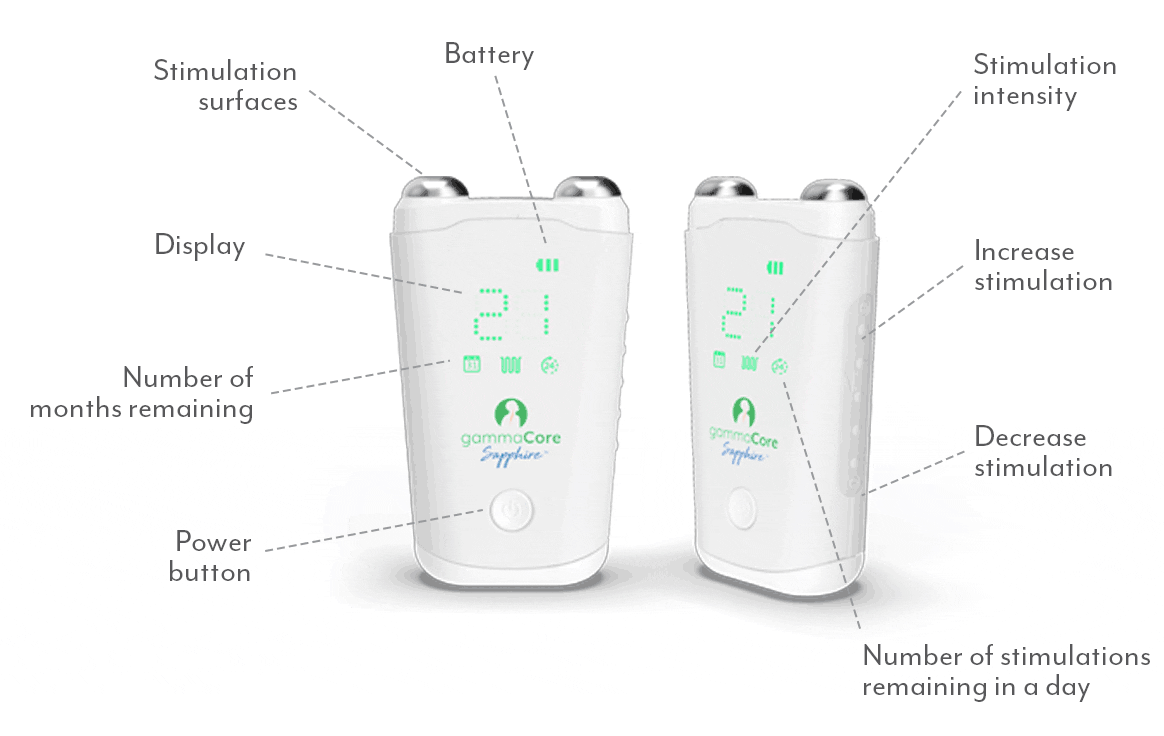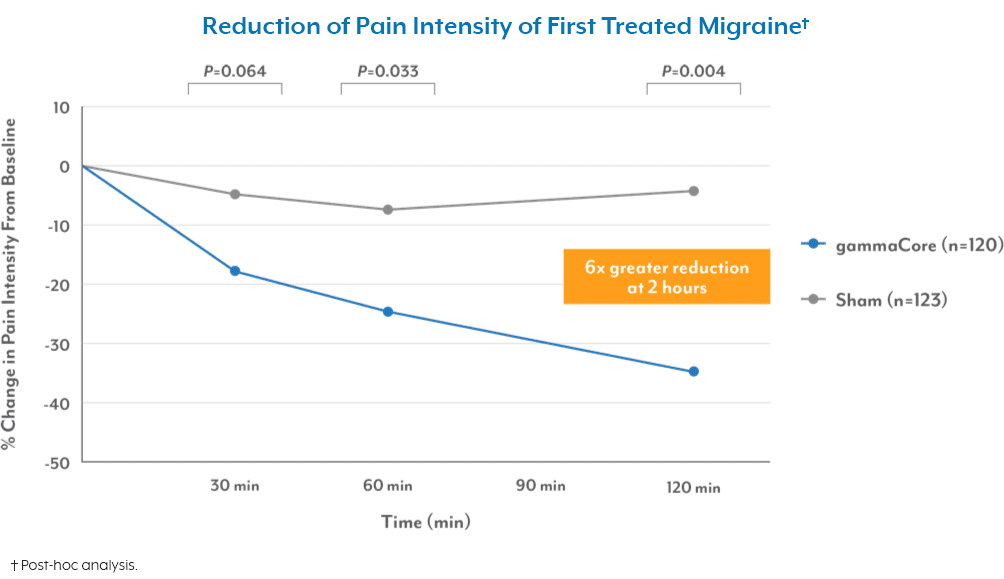
As the back-to-school season approaches, students everywhere are preparing for a fresh academic year filled with exciting new opportunities. But for students with migraine, back-to-school can also bring worry and apprehension, as the condition can make it challenging to focus, let alone enjoy school life. However, with a few simple strategies, students can better manage their migraines and make the most of the new school year.
Top Solutions for Students with Migraine
1. Maintain a healthy, consistent routine.
Sticking to a routine once students return to school can help keep migraine attacks at bay. That means getting enough sleep (even on the weekends), eating healthy meals throughout the day (including breakfast), staying hydrated, limiting caffeine intake, and staying active.
2. Manage stress triggers.
Stress is believed to be a common migraine trigger1, so managing stress throughout the school year can make a world of difference. Engaging in stress-relieving activities such as deep breathing exercises, meditation, yoga, or simply taking short breaks to relax may help. It’s important to find what works best for each individual and incorporate these techniques into their daily routine.
3. Keep an eye on screen time.
High levels of screen time exposure have been associated with the prevalence of migraine in young adults2 due to the bright light, flickering images, and prolonged eye strain.3 Whether it’s TV time or the computer, frequent breaks from looking at a screen is essential to reducing the frequency of migraine attacks.
4. Use tools to stay organized and manage time effectively.
If a student suffers from frequent or severe migraines, it can disrupt their daily routine, so time management is critical. Use tools like planners, calendars, or mobile apps to help keep track of assignments, exams, and extracurricular activities. It can also help to break tasks into smaller, manageable chunks to help minimize stress.
5. Create a migraine-friendly study environment.
Designing a comfortable space for studying and homework can significantly improve the ability to focus and reduce the likelihood of migraine attacks. Ensure proper lighting, use adjustable window coverings to control natural light, and invest in an ergonomic chair and desk setup to prevent unnecessary muscle tension.
6. Communicate with teachers and classmates.
Remember to inform teachers about migraines in case potential accommodations at school need to be made, such as extensions on deadlines or flexible testing arrangements. Sharing the migraine situation with friends can also foster a supportive network that understands your needs and can help if needed.
7. Pack a migraine survival kit.
Preparing a small kit with essential items may help should a migraine strike while at school. Consider including pain relievers (as advised by a health care provider), a cold pack, noise-canceling headphones, an eye mask, and healthy snacks.
For students 12 and older, there is also a prescription-based, non-drug option to help manage migraine attacks. gammaCore™ non-invasive vagus nerve stimulator (nVNS) is an FDA-cleared medical device that relieves migraine pain by stimulating the vagus nerve through the skin on the neck. gammaCore nVNS is especially good for back to school because it’s portable and handheld, so students can keep it with them while on the go in case a migraine strikes while at school.
gammaCore is helpful for migraine prevention when used twice daily, with two 2-minute stimulations, morning and night, on the same side of the neck. It can also be used to treat migraine as needed throughout the day, up to 24 times, for fast-acting relief. To see if gammaCore is right for you, visit our clinic finder to locate a health care provider near you, or contact our dedicated Customer Experience team at 888-903-2673 or customerservice@electrocore.com.
References
1. Living Well with Migraine: Behavior and Lifestyle. American Headache Society. Retrieved August 10, 2023, from https://americanheadachesociety.org/wp-content/uploads/2018/05/Behavioral-Infographic_V3_FINAL.pdf
2. Montagni, I., Guichard, E., & Kurth, T. (2016). Screen time exposure and reporting of headaches in young adults: A cross-sectional study. Cephalalgia. https://www.doi.org/
3. (n.d.). Bright lights and extensive screen time could trigger or worsen your migraine attacks. International Headache Society | Global Patient Advocacy Coalition. Retrieved August 10, 2023, from https://ihs-gpac.org/managing-migraine-and-screen-time/#:~:text=Bright%20lights%20and%20extensive%20screen,extensive%20staring%20and%20flickering%20images.



